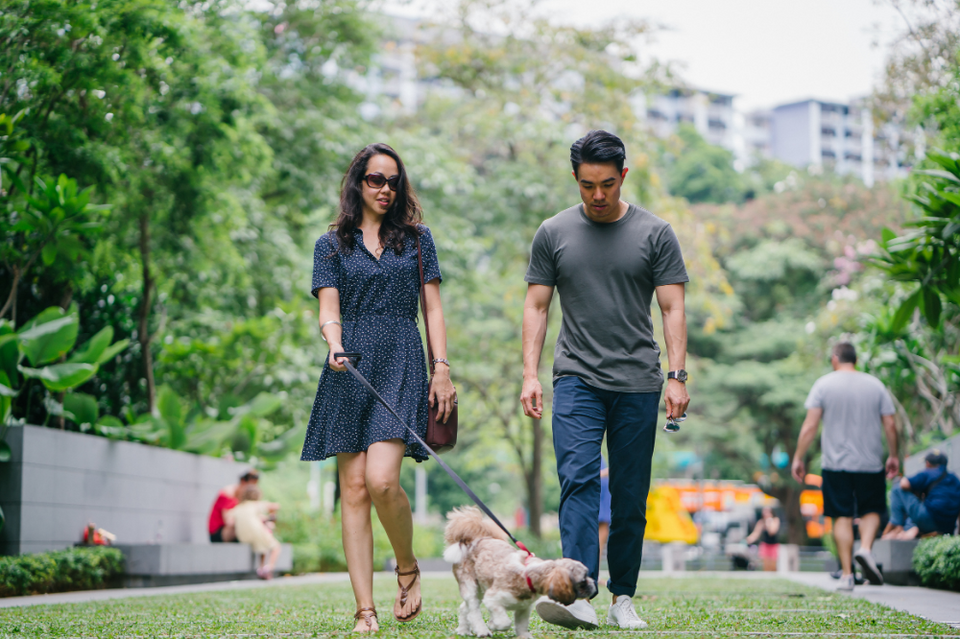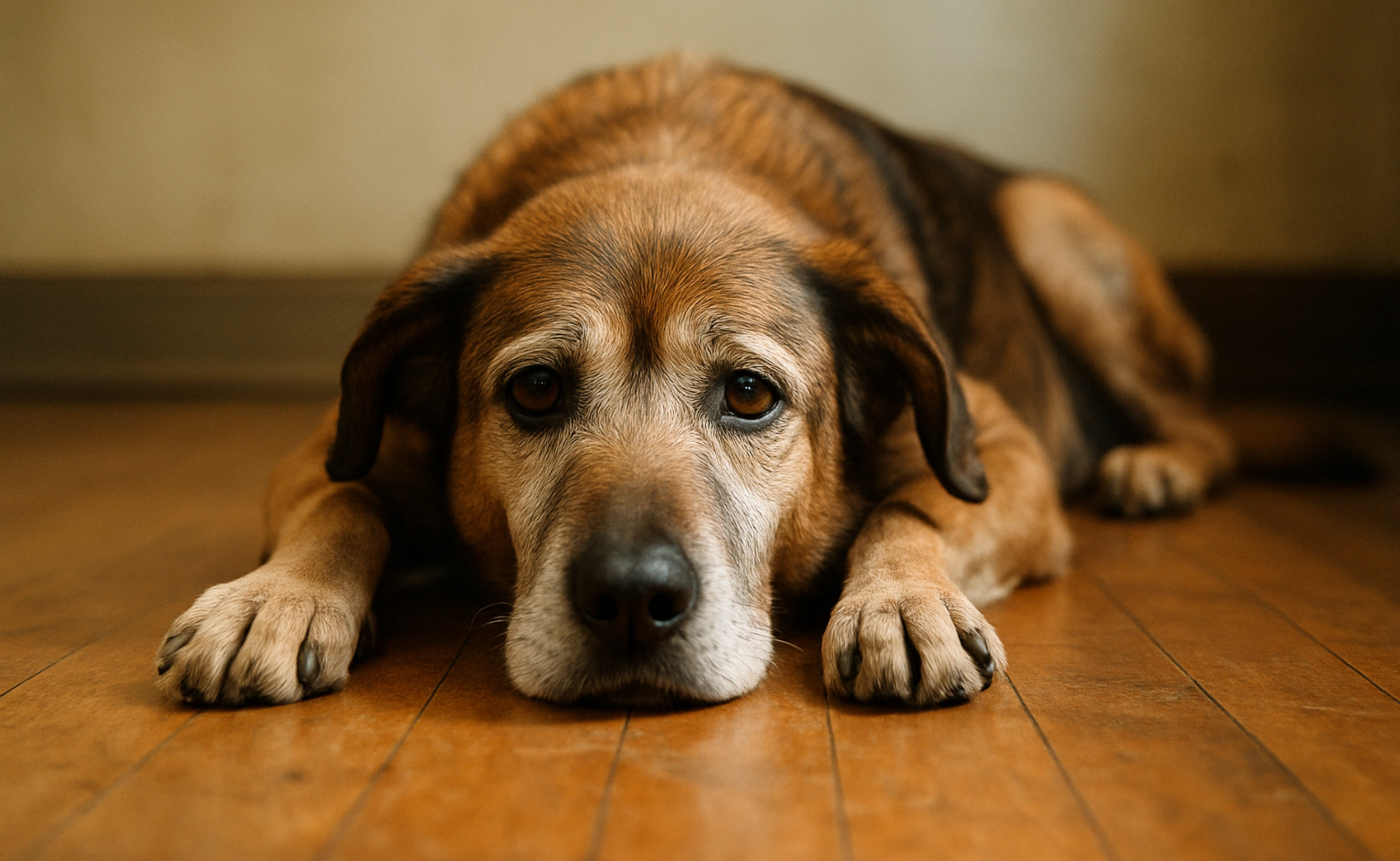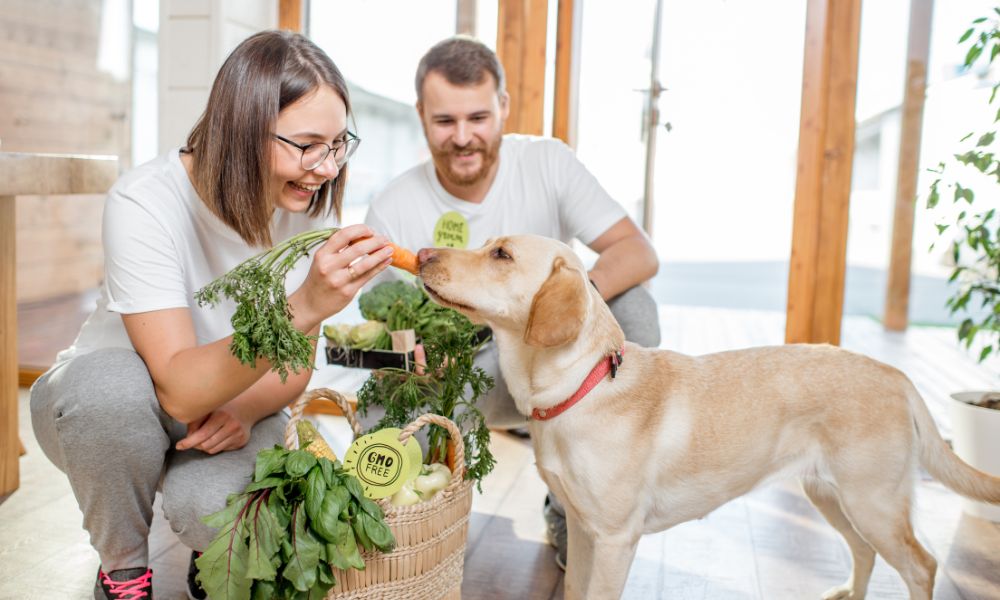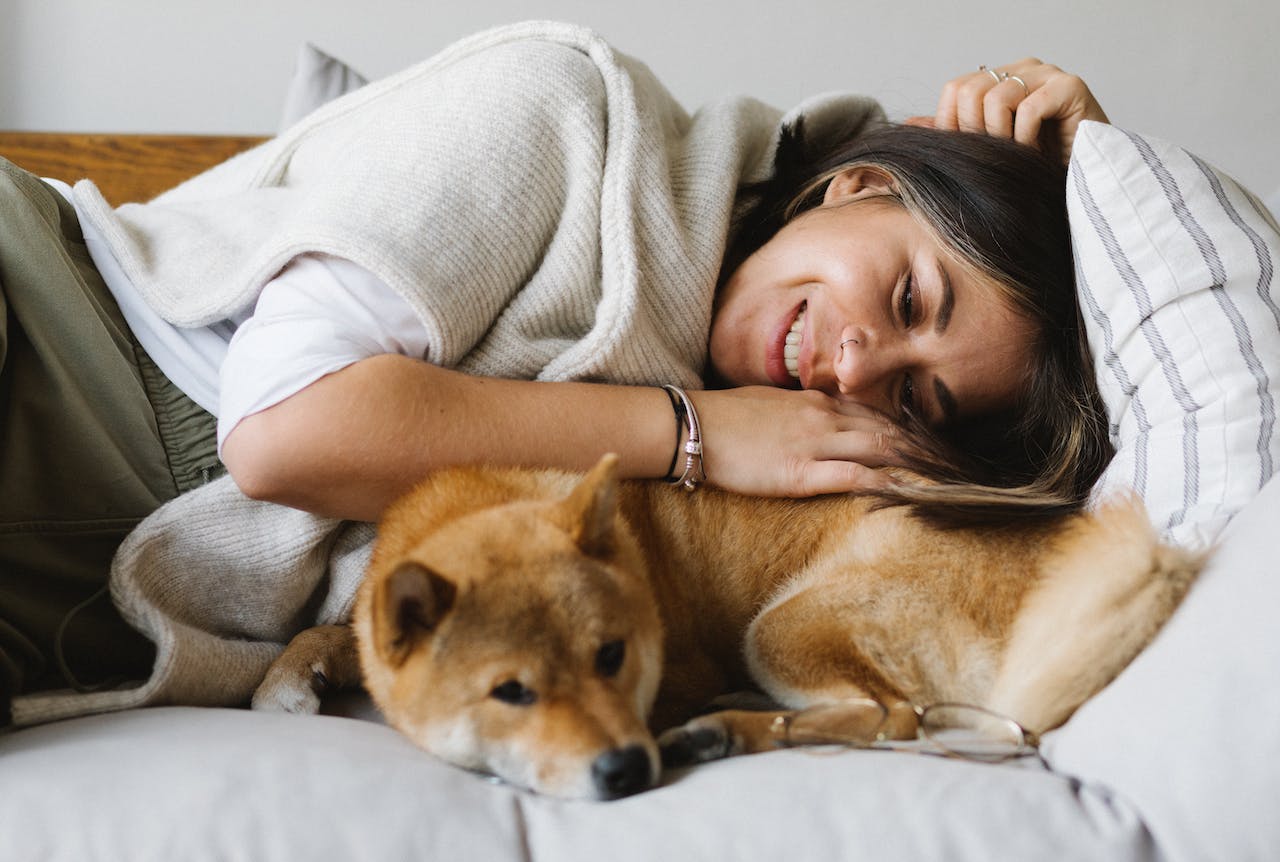
Activities in the Spring: Dog Park Etiquette

Dog parks have become pretty common around the world, and they provide places where humans and their fur babies can run and play and explore free of the leash. They’re also great places for socializing, for both dogs and humans.
But you only get out of the dog park experience what you put into it, so before you go, make sure you know what you need to do before, during, and after your visit.
Know your dog

First and foremost, know whether your dog is ready for the park. This means that they have to be old enough — at least four months — and have had all of their initial vaccinations. Don’t take them to the park until both of these milestones have passed.
Next, figure out your dog’s level of curiosity/timidity. Do they like to explore and sniff out new things, or do they tend to avoid strange people or animals? In the former case, they’re probably a good dog park candidate.
The latter will need time and training, although many dog parks do have areas dedicated to small or timid dogs. Check ahead to see which ones in your area do.
Finally, figure out how well your dog gets along with other dogs. You’ve probably already gotten a sense of this in neighborhood walks. Before you ever go to a dog park, make sure that they don’t show any signs of dog aggression or over-excitement.
A dog that tries to drag you off your feet to go sniff a strange dog is probably going to be too excited for a lot of the other dogs in the park, although you can mitigate that by taking extra time with number 6, below.
Know yourself
Know how much control you have over your own dog, both on-leash and off. Will she come if you call her, or just take a message? If you try to rein her in with the leash, does she accept it or resist?
Keep in mind that any difficulties you have on your own will multiply in the exciting world of the dog park, which will be full of distractions for both of you.
Do you know how to remain calm in an emergency? This is incredibly important, especially if a dog fight breaks out. One of the worst things that can happen in this case is that the humans freak out and start screaming and yelling. This can just make the dogs more aggressive.
And, speaking of, do you know how to safely break up a dog fight? The best way, of course, is prevention, more on which is below in number 7.
Know the rules
Each dog park may have its own rules, including things like hours, which areas are off-leash, whether any breeds are not allowed, and so on. These are generally posted outside the entrance. It is your responsibility to read and remember them before you go in.
Don’t assume that all dog parks are the same. It’s also a good idea, if you’re going to a new dog park, to look it up online and see if you can find the rules. This will give you quiet time beforehand to read and understand them.
Does the dog park provide water, or do you have to bring your own? Does it allow outside toys, like tennis balls or flying discs? Is there a limit to how many dogs one person can bring in at a time?
That last one is a thing — I‘ve seen professional dog walkers and sitters bring more than half a dozen dogs into the park by themselves.
Know what to leave at home
Just like you might want to bring that tennis ball and tosser so you can play with your dog and some bottled water for the both of you, there are certain things you should never bring to any dog park.
A big one is food or snacks of any kind, human or canine. Not all dogs respect human boundaries when it comes to food, and you may find your lunch snatched out of your hand by a big, aggressive pooch.
If you give a treat or a snack to your dog, it can lead to a couple of unwanted situations. One is that you’re going to become “the hooman with treats,” and every dog there is going to hound you (pun intended) to get their own because those are the dog rules.
The other is that some dogs may become aggressive around yours to try to claim the treat, or your dog may become aggressive to defend what’s theirs. This is a good way to start a dog fight fast.
Another thing to leave at home is little kids. They’re tiny, erratic, and like to run around — so can set off the prey drive in some dogs instantly. They also tend to not have boundaries when they approach dogs, and many a toddler will just yank an ear or a tail without a second thought. Safer with the family dog, not so much with a strange one.
There are also dogs that are just afraid of children. I know that one of mine was, and while she had no fear at all of facing down a big dog and winning the psychological battle, the mere sight of a toddler would turn her into a shaking mess, cowering behind my legs. So little kids are a good way to drive dogs to extremes and create a dangerous situation.
Finally, the last thing you should ever bring to a dog park is an unfixed female in heat. Every male in the place, fixed or not, is going to try to be on that in a second, and they’ll have sensed you coming from literally a mile away.
Don’t assume that everybody knows these rules, either. I’ve seen every single one broken. The female in heat was particularly amazing to see, because it was like the fence had become magnetized to instantly attract half of the dogs in the park nose-first to the entrance.
Fortunately, that pet parent realized the problem before they came in and went home instead.
Safety first

Always have your leash with you, even if it’s an off-leash park. You never know when you may suddenly need to put it on your dog in order to get them out of a bad situation or to leave quickly because you see trouble coming.
Also, always have a collar with up-to-date tags, both ID and vaccination. This is even if your dog is microchipped. Not everyone knows you can take a collarless dog in to a rescue to get scanned and find the owner, so they may assume a collarless dog is stray or homeless, and just take them in.
In a lot of jurisdictions, you also need to have that proof of rabies vaccination on your dog at all times in public. You wouldn’t drive your car without license plates out of fear of getting a ticket, right? It’s the same principle here.
Make a proper entrance
Your dog should not be an excited bundle of energy when they get to the dog park. They should be fairly calm and relaxed, because playing around and with the other dogs will probably wind them up again anyway.
Before you even leave for the park, take your dog on a brisk walk around the neighborhood to drain some of their energy. Take extra time if your dog is extremely high energy in the first place and tends to be “that dog” in the park.
Then, when you arrive, approach the entrance and have your dog sit and wait calmly.
Most off-leash dog parks have an “airlock” entrance — a fenced-in space with an outer gate and an inner gate. Once your dog has sat and looked at you, open the outer gate and take her in, closing that gate behind you.
Have her sit again, then take her leash off but keep her sitting. Open the inner gate, making her wait until you’ve gone into the park, then release her with an “ok” or whatever command you use.
Yes, it can take a while to teach your dog this ritual, but it’s worth it. The reward they get for obeying you here, after all, is the dog park.
Be responsible
Once you’re inside the park, your primary responsibility is your dog. You don’t have to hover over her constantly, but you do need to keep an eye on her to make sure she’s not looking anxious and confused, or getting into trouble that you’d need to be ready to rush over to help her out of.
You also need to pay attention to when and if she poops, because it’s your responsibility to clean it up. Although a lot of dog parks do have scoops and waste stations, you should always bring your own biodegradable bags anyway.
As for preventing dog fights, pay attention to your dog, her body language, and the body language and interactions of other dogs around her. If she and another dog start to stare down, or suddenly raise their ears, heads, and tails, get ready to step in before a confrontation happens.
You can also call out, “Whose (color/breed description) is that?” to alert the other pet parent.
Learn the park
Speaking of pet parents, a lot of great relationships can develop between regulars in dog parks, especially if people tend to come on a regular schedule.
This can be great when the dogs and humans get along, but it can also be useful in another way — learning to know when it’s time to exit.
At one dog park, for example, there was this guy who would show up with his two, big, aggressive dogs, let them in the park, and then disappear. They weren’t necessarily violently aggressive, but they did get in other dogs’ faces and push them around.
They were also big enough to intimidate humans.
Yeah, when folk saw him coming, they’d start heading for the other exit. He finally stopped coming around because I think someone must have reported him, but every dog park has someone like this, and the regulars will let you know which human or dog to be wary of if you’re new.
This is just another way to be responsible for your dog and putting safety first.
Going home
When it’s time to go, ideally you can call your dog and start walking toward the exit and she’ll follow. Most dogs will probably do this instinctually because they don’t want you to get lost.
No need for grand formality at the exit. Just put her leash on before the inner gate, then exit, head to the car, and head home.
Once there, be sure to give her praise and treats, and make sure she’s got a comfy bed and blankie to rest in, because after a good visit to the dog park, she’s most likely ready for pleasant doggie dreams.
Dog parks can be a great bonding exercise for pet parents and their fur babies, as well as a chance for our dogs to learn how to socialize with other dogs and humans. It can also be great entertainment, because watching dogs engage and play with each other is just fascinating.
Most of all, there’s nothing quite like being able to watch their sheer joy at being able to run and explore and play on their own and with other dogs. I know that this always took away all of the worries and cares of the outside world, and I could vicariously enjoy being a kid again as my own four-legged child went off and had a blast.
May your own dogs bring you this happiness as well!

Share this article
written by


